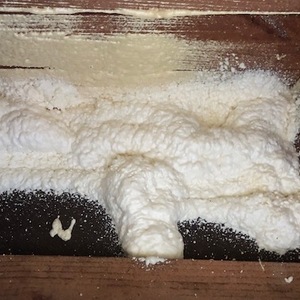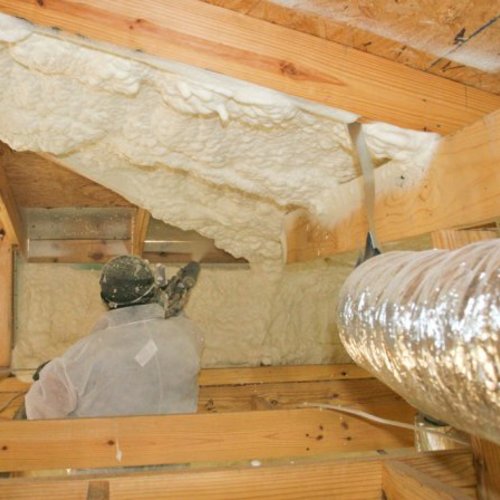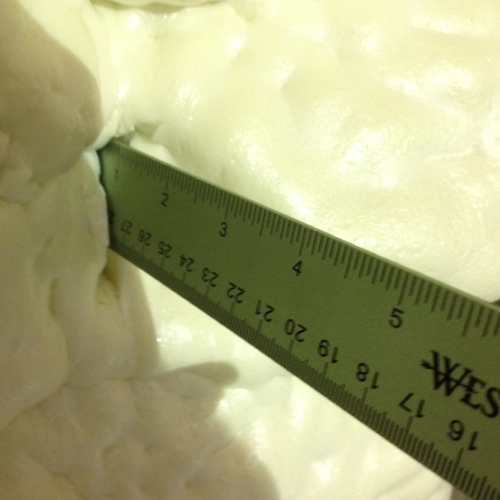
Image Credit: Wikimedia Commons
Builders may be backing away from spray foam insulation.
Between 2008 and 2012, spray foam’s market share grew from 3% in new home construction to 11%, a nearly four-fold increase. But last year, according to a survey from the Home Innovation Research Labs, its market share fell to about 8% as more builders returned to an old favorite: fiberglass.
Fiberglass batts and blown-in fiberglass continue to dominate the insulation market with 55% and 19% shares respectively, the Home Innovation Annual Builder Practices Survey found. Other choices include rock wool, rigid foam board, and cellulose.
“While we all recognize that a one-year data shift does not constitute a trend in building product usage, this may be signaling a change in the home insulation landscape,” the report said.
Researchers found a variety of reasons for the spike in interest for spray-foam insulation, which is a more expensive option than cellulose or fiberglass but is valued for its high R-values (roughly R-6 per inch for closed-cell spray polyurethane) and its air-sealing qualities in floors, walls, and roofs.
Using closed-cell foam on the underside of the roof deck turns the attic into a conditioned space and allows builders to put heating and air conditioning ducts as well as HVAC equipment in the attic without paying an energy penalty. Builders have an easier time of explaining the benefits of spray foam to home buyers, the report said, and using the insulation makes it easier to comply with tougher energy codes.
Some builders are still willing to pay the higher cost for spray foam insulation, and it’s found a niche in luxury homes and with builders who do ten or fewer homes per year, the report said. But overall, fiberglass is king, with a market share that actually grew slightly between 2012 and 2013. It’s used in about 75% of new homes.
A variety of factors may explain the decline
The report said that it’s not entirely clear why fewer builders seem to be using spray foam, but the Annual Builder Practices Survey of 2013 points to a number of possible reasons. For one, the survey found that builders were trying to economize by using fewer and less expensive materials in the houses they build, the report said.
In addition, there are now other options for building well-insulated homes with lower air leakage rates, including Huber Zip roof and wall sheathing, spray-on air sealants, denser fiberglass batts with higher R-values per inch, raised-heel trusses (also called energy trusses) that allow more insulation to be installed at the perimeter of the building, and foam-board wall sheathing.
Another possible explanation comes in the mix of homes that are being built. Spray foam insulation is more common in high-end homes, the report said, but the market seems to be shifting toward multifamily rentals.
“And there is another very simple reason that may be at play — some home builders tried spray foam insulation but have returned to the materials they were using before,” the report says. “A survey conducted by Home Innovation Labs in 2013 showed that 30 percent of builders who have used spray foam in the past are not using it now.
“In our research, we often hear builders state that fiberglass, by far the most popular home insulation material, is simply the most cost-effective, easy-to-install material for most applications.”
Weekly Newsletter
Get building science and energy efficiency advice, plus special offers, in your inbox.















0 Comments
Log in or create an account to post a comment.
Sign up Log in